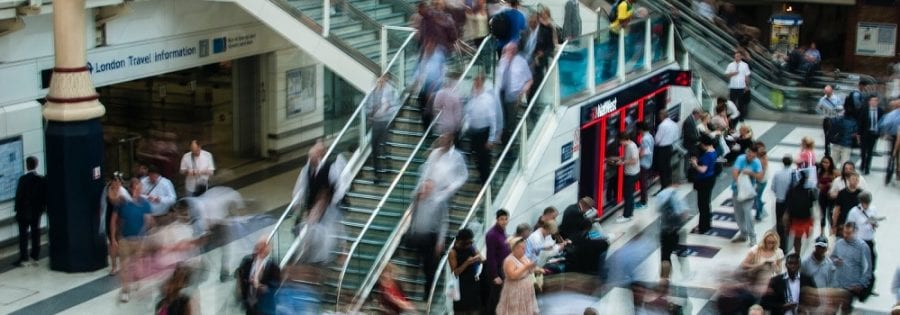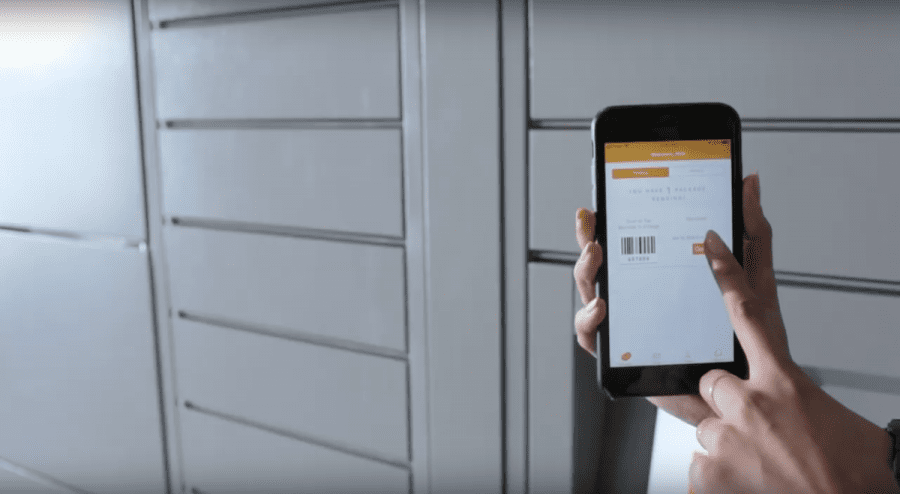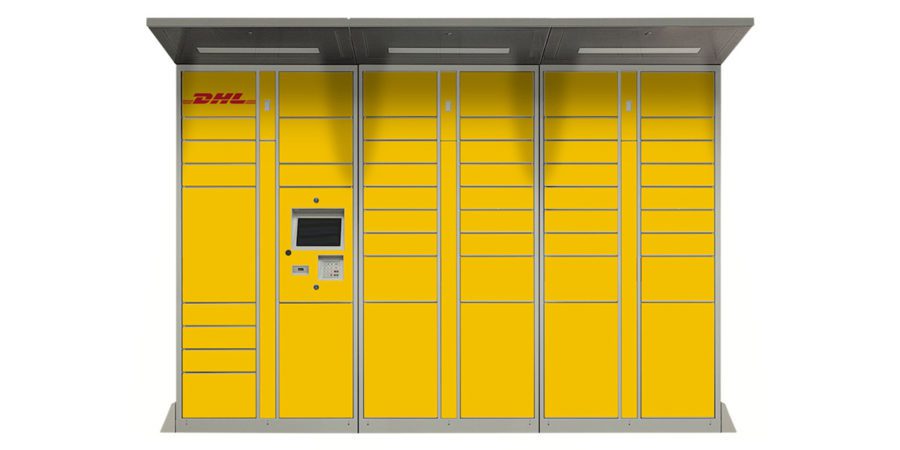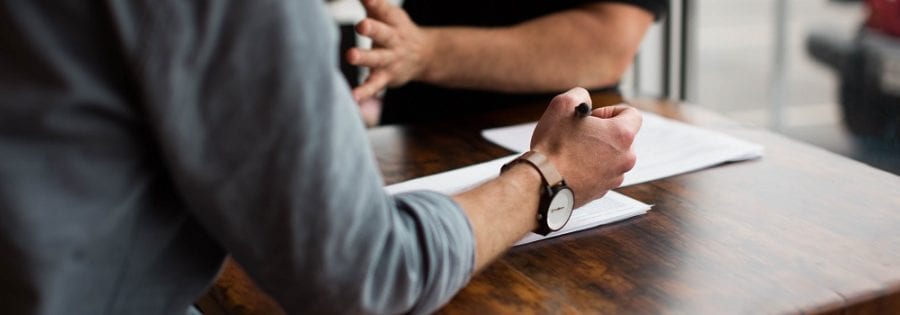
Archive
How to Increase Foot Traffic in a Retail Store
Written by: Parcel Pending
9 Min Read
Published: January 17, 2020
Updated: April 3, 2023
Updated: February 2, 2021
In light of the COVID-19 pandemic, online shopping has become the preferred shopping method for many consumers and has greatly impacted the overall retail customer experience. As such, increasing repeat customer foot traffic in-store has become a necessity for every brick-and-mortar retailer and local business. Many companies are searching for new ways to safely attract customers to their physical locations in order to keep up with growing competition from web-based challengers. Learning how to increase footfall in-store locations can lead to higher sales conversion, a happier customer base, and better return on investment (ROI).
Luckily, the brick-and-mortar model can provide potential customers with unique offerings that an online retailer cannot, due to its lack of a physical storefront. There are several methods that companies can leverage to capture consumer attention and increase footfall in-store. These methods include:
- Being creative and adjusting to shifts in consumer demands
- Applying footfall data and analytics to marketing and sales
- Implementing a buy online, pick-up in-store (BOPIS) sales strategy
- Coordinating marketing and sales efforts through social media
- Embracing the competition to enhance marketing efforts and product offerings
The following guide will provide brick-and-mortar retailers with an overview of our five best practices for how to increase foot traffic in a retail store.
Be Creative
Keeping up with the various technological innovations while meeting consumer needs in the retail space takes creativity and vision. Online competitors are undoubtedly taking advantage of technology to get ahead in the industry and gain customer wallet share. However, brick-and-mortar retailers also have a creative upside that online competitors simply cannot match: the physical store.
In order to increase foot traffic within the store, retailers should try to get creative with presentation. There are several creative ideas worth considering for the physical retail store, including:
- Proper management of the storefront and displays. Use customer research when choosing how to organize, display, and market goods. Think about what the target audience wants and present it so it is the first thing that they see when approaching or entering the store. Consider placing sale items towards the back of the store to encourage the customer to engage with more displays throughout the rest of the store. Smart lockers make it possible to engage with customers when they seek information as well as give them the autonomy to pick up ordered items. This helps drive retail foot traffic by enticing customers to come in to pick up an item ordered online, and therefore creates a store visit they wouldn’t normally have made.
- Grab the potential customer’s attention through attractive signage. Depending on location, this could be outside in a parking lot, on the sidewalk, or outside of the shopping mall in which a store is located. By highlighting current promotions, best-selling products, or even the store’s location in a large shopping mall, retailers can significantly increase store footfall.
- Conduct market research when determining the layout of the store. Store layout is often determined by the type of products sold, but there are definitely creative ways to grab customers’ attention in displaying them. Pay attention to 2021 retail trends and invest in market and customer research when selecting the store’s layout.
- Leverage new technologies within the store. Many apparel retailers are investing in smart dressing rooms that allow customers to browse products and request sizes or are using augmented or virtual reality platforms to enable users to visualize products in their homes. Implementing innovative technologies can place a retailer ahead of the competition in-store and help differentiate one retailer from another.
While these ideas only represent a few options when it comes to how to increase foot traffic in a retail store, they are useful considerations for any retailer that wants to enhance its physical presence. The key is to continuously think outside the box when considering how to attract customers to the store.
Use Customer Data and Analytics
Customer data and analytics are the basis of competitive success and are what can help make a customer’s shopping experience feel truly seamless. If physical retail stores want to keep up with online retailers, they must take the same approach to data as web-based or direct-to-consumer brands. While this may be a more complex process for a brick-and-mortar store to implement, it is not impossible.
First, start a customer loyalty program and use that program to collect data on any customer that makes a purchase at the store. This enables a business to make personalized offers to individual shoppers and leverage digital marketing strategies effectively, like using email blasts to inform customers about a current promotion or new arrivals in-store.
Then, use omnichannel commerce strategies to bridge the gap between different sales channels and equip sales teams with more methods to increase sales. The ICSC reports that 88% of shoppers prefer retailers who have both physical stores and a robust online presence1. Today’s shoppers prefer the convenience of shopping from home, but also like the ability to easily make returns or exchanges at a nearby brick-and-mortar store.
Smaller retailers should consider accepting orders online or over the phone and fulfilling orders using buy online, pick-up in-store (BOPIS), while larger retailers can turn their attention to digital marketing channels like social media or email marketing.
Most importantly, retailers should pay attention to peak footfall times. Install data collecting security cameras that can count customer footfall levels at different times during the day, week, or season. This allows retailers to plan their staffing so that there is ample customer service support available during peak times, as well as control retail sales strategies based on the average foot traffic at a given time of year. It is important to focus on increasing footfall in the store during quieter periods and improve staff efficiency during peak retail footfall periods.
Offer In-Store Pick-Ups
With the exception of a few budget retailers, most successful companies have an online presence. However, there is a benefit to operating beyond the limitations of a web-based platform. This is why retailers that have physical locations must use this to their advantage and allow customers to both purchase goods online and claim their purchases in-store.
In light of the coronavirus pandemic, this might be the easiest way to safely attract foot traffic into a store. In fact, 90% of retailers state that they will offer BOPIS in 20212. BOPIS or curbside pick-up options give the customer the option of purchasing their goods online but allows them to choose to have their item available for pick-up in-store instead of delivered to their home. This allows a customer to acquire their desired purchase or purchases that much faster.
An increased flow of customers using in-store pick-up will increase retail foot traffic and by association in-store sales, especially if this strategy is properly implemented. In fact, 61% of all customers make an additional purchase when retrieving BOPIS orders3.
Strategic Placement for BOPIS Area
Placement of the in-store pick-up area is key to a successful BOPIS strategy. Many retailers are now using smart office locker systems—like Buy Online, Pick-up in Locker (BOPIL®) by Parcel Pending—to allow their customers to take advantage of BOPIS without having to stand in a line or wait for a store associate to assist them. Automated parcel locker systems are a clever way to give customers what they want: an easy, seamless, pick-up experience.
Home improvement retailer Lowe’s, for instance, recently partnered with Parcel Pending to install BOPIL solutions at all 1,700 of its stores nationwide to improve their customer experience. “With more than 60% of online orders picked up in our stores, this gives customers one more option and the added convenience and flexibility to control how and when they get that order,” said Joe McFarland, Lowe’s Executive Vice President of Stores, about the partnership.
Retailers should consider placing their BOPIS pick-up area in a part of the store that requires customers to walk by best-selling products or sale items prior to picking up their orders. Furthermore, it is important to give customers the option of returning goods quickly. If installing smart order pickup lockers or other BOPIS solution, consider placing it near the dressing rooms to make an effort to streamline the return process for customers.
By implementing a BOPIS strategy, retailers can not only increase foot traffic but also help differentiate their store from online competition, which is crucial to remaining relevant in the constantly shifting retail market.
Leverage Social Media
Seasonal in-store sales are key to successful retail customer retention. However, they are useless if no one knows about them. Social media has become an incredible tool for getting the word out not just about retail sales, but a retailer’s overall presence and brand.
Retailers should strongly consider marketing products through all of the major social media platforms to strengthen their brand awareness:
- Primary platforms – Facebook, Twitter, Instagram
- Secondary platforms – YouTube, Pinterest, LinkedIn
- Tertiary platforms – Snapchat, TikTok
If conducting a sale or in-store event, leverage social media to get the word out, and increase store traffic. This may require hiring a third-party social media management company to assist in reaching the business’ target customer as well as other potential customers and develop a consistent strategy across platforms.
Retailers can also leverage a social media influencer or influencers to help market products more organically. Influencers have become a major part of modern marketing approaches and can be extremely useful in framing a brand to a specific target market. In fact, 71% of consumers prefer to make informed choices through recommendations, reviews, social media, and online search. Many customers treat influencers like friends, so an investment in this social media strategy can generate significant returns for retailers. As Referral Candy reports, a customer will pay two times more attention to recommendations from friends than other media4.
Additionally, social media can provide an additional channel to sell goods. Retailers should make sure that social media advertisements inform consumers about other sales channels and allow loyal customers to easily make purchases directly through the social media channel or an online store. Giving customers the option to use a BOPIS program in addition to the convenience of social shopping can help provide a seamless customer experience and improve customer engagement.
Embrace Competition
Retailers are in a unique position where they can work closely with competitors while also differentiating their store’s offerings by offering customers a wider or different range of products. This could include creating dedicated space within the store for other brands (like pop-ups, collaborations, or extended partnerships) or simply expanding their product offering to provide customers with a wider range of items (like a stockist carrying a DTC brand in-store).
Teaming up with competitors can go a long way in increasing foot traffic within a store. When evaluating a competitor partnership, consider what stores and products are in the immediate vicinity and attempt to fill gaps in what is available to customers. Target, for instance, focused on creating an innovative partnership with Quip, allowing customers to purchase a starter pack of electric toothbrushes at a Target storefront while directing customers to Quip.com for replacement brush heads.
A geographically-coordinated marketing campaign could also help promote the store and drive traffic into the general area. Such coordination between competitors, especially ones that offer similar products, simply promotes the product as a whole, rather than a specific brand.
Satisfy the Modern Consumer
When attempting to increase foot traffic to a brick-and-mortar store, retailers should think outside the box and leverage their brand creatively through a solid customer experience, both in-store and online. Employing a strategy that leverages customer data and analytics and expands the offerings available to customers when purchasing items can have a direct effect on the number of customers who come for the in-store experience.
If retailers want to keep up with the competition, it is necessary to embrace both social media and unconventional marketing techniques. Furthermore, retailers may want to consider teaming up with competitors if a suitable marketing campaign or coordinated event will bring in more customers.
By applying these five strategies, retail stores are sure to experience increased footfall in the immediate future, while at the same time creating a safe shopping atmosphere that is better suited to satisfy the modern consumer’s ever-changing needs.
Sources:
- International Council of Shopping Centers. (2018). The Halo Effect [Report]. Retrieved from: https://www.icsc.com/thehaloeffectii
- Retail TouchPoints. 90% of Retailers Plan To Implement BOPIS By 2021. (n.d.). https://retailtouchpoints.com/resources/90-of-retailers-plan-to-implement-bopis-by-2021.
- Parcel Pending. How BOPIS Lockers Can Help Retailers Succeed. (2020, April 1). https://www.parcelpending.com/en-ca/blog/how-bopis-lockers-can-help-retailers-succeed/.
- Chua, Desmond. Referral Candy Blog. Infographic: Why Referral Marketing is Awesome [2020 Update]. (2020, May). https://www.referralcandy.com/blog/referral-marketing-awesome-infographic/.



